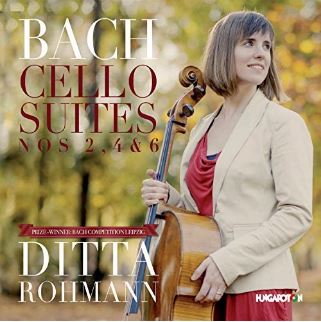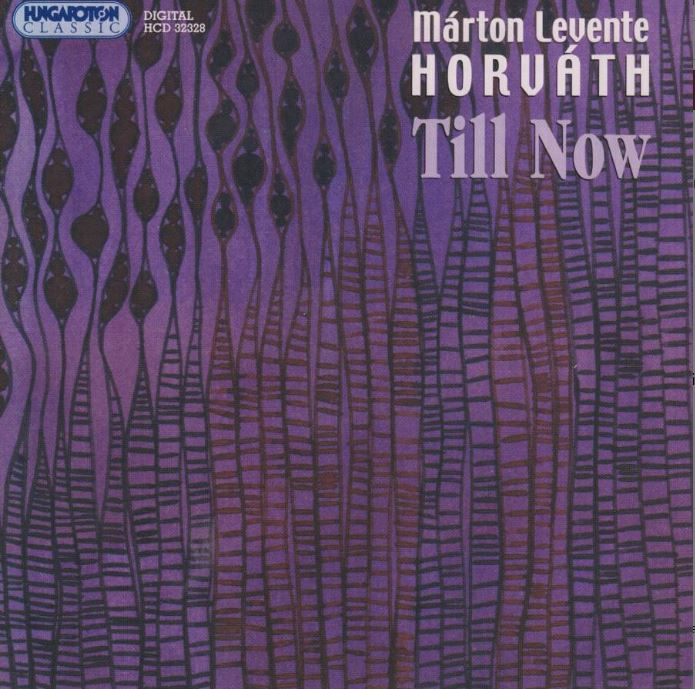Ditta Rohmann: discographie sélective
|
J.S.Bach Sonatas & Partitas
Sonate en mi pour violon et clavier, BWV 1016 - arr. pour violoncello piccolo & orgue baroque Partita en mi pour violon solo, BWV 1006 - arr. pour violoncelle piccolo Partita en la mineur pour flûte, BWV 1013 - arr. pour violoncelle piccolo Sonate en la pour violon et clavier, BWV 1015 - arr. pour violoncello piccolo & orgue baroque arr. Ditta Rohmann & Laszlo Fassang HUNGAROTON HCD 32796 2018 |
sorti le 12 janvier, 2018
|
Ditta & Imre Rohmann
play Bartok, Debussy, De Falla & Ravel BARTOK: Rhapsodies n°s. 1 & 2, Danses Populaires Roumaines * DEBUSSY: Sonate pour violoncelle et piano DE FALLA: Sept Chants Populaires Espagnoles * RAVEL: Sonate pour violon et piano n°. 2 (sur violoncello piccolo) * *arr. Ditta & Imre Rohmann HUNGAROTON HCD 32793 2017 |
|
Classé 'chef d'oeuvre' par la revue 'Gramofon', ce disque s'est vu décerner un 'Gramofon Award' dans la catégorie 'enregistrements de musique classique hongrois de l'année, 2017' |
" This ... brings to an end a project that should file Rohmann's two volumes ... on the shelf under 'definitive'. "
(Ainsi...s'achève un projet qui devrait faire classer les deux tomes de Rohmann ... sur l'étagère dans la catégorie 'versions de référence'.)
Caroline Gill, 'Gramophone', Londres, novembre 2014
|
" These are stylish but unselfconscious interpretations. ... the opening of the Prélude (of Suite N°. 3) flows like quicksiver into the arpeggiated passage, which is exquisitely clear in its articulation. Rohmann surprises and delights by gently stroking the thirds in the first section of the Allemande, then producing lovely subtle staccato in the Courante. ...Having tuned down the top string to C for the C minor suite (N°. 5), Rohmann draws lovely dark tones from her instrument... But she saves the best for last by making the Gigue sing. Longing to hear more! " (Ce sont des interprétations informées par une connaissance profonde du style historique mais qui restent naturelles ...le début du Prélude (de la Suite n° 3) coule comme du vif-argent vers le passage en arpèges, qui est articulé avec une clarté exquise. Rohmann nous surprend et nous ravit par la délicatesse des tierces dans la première partie de l'Allemande et la subtilité des staccatos dans la Courante. ...Dans la Suite n° 5, ayant ré-accordé son instrument Rohmann en tire des couleurs sombres délicieuses.... Mais elle réserve le meilleur pour la fin avec une Gigue qui chante. Je m'impatiente pour la suite!) Julie Anne Sadie, 'Gramophone', Londres, mai 2014 |










